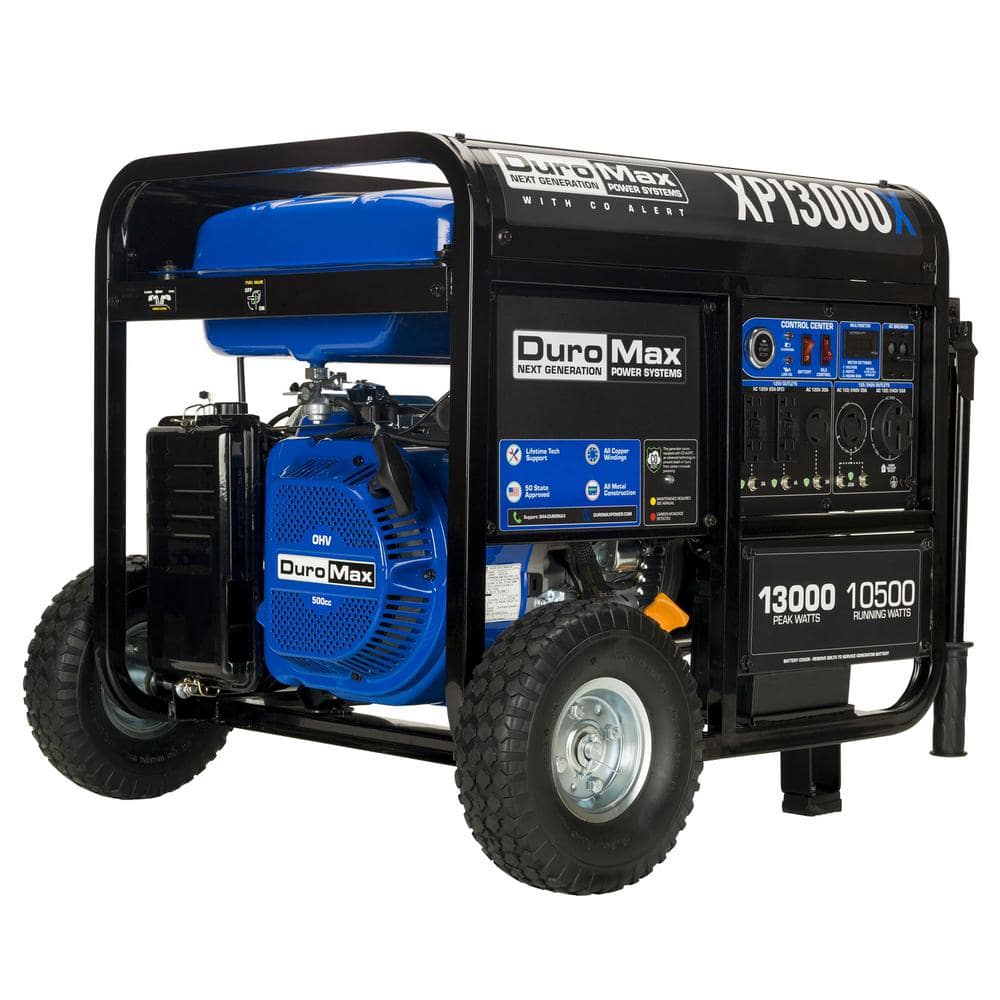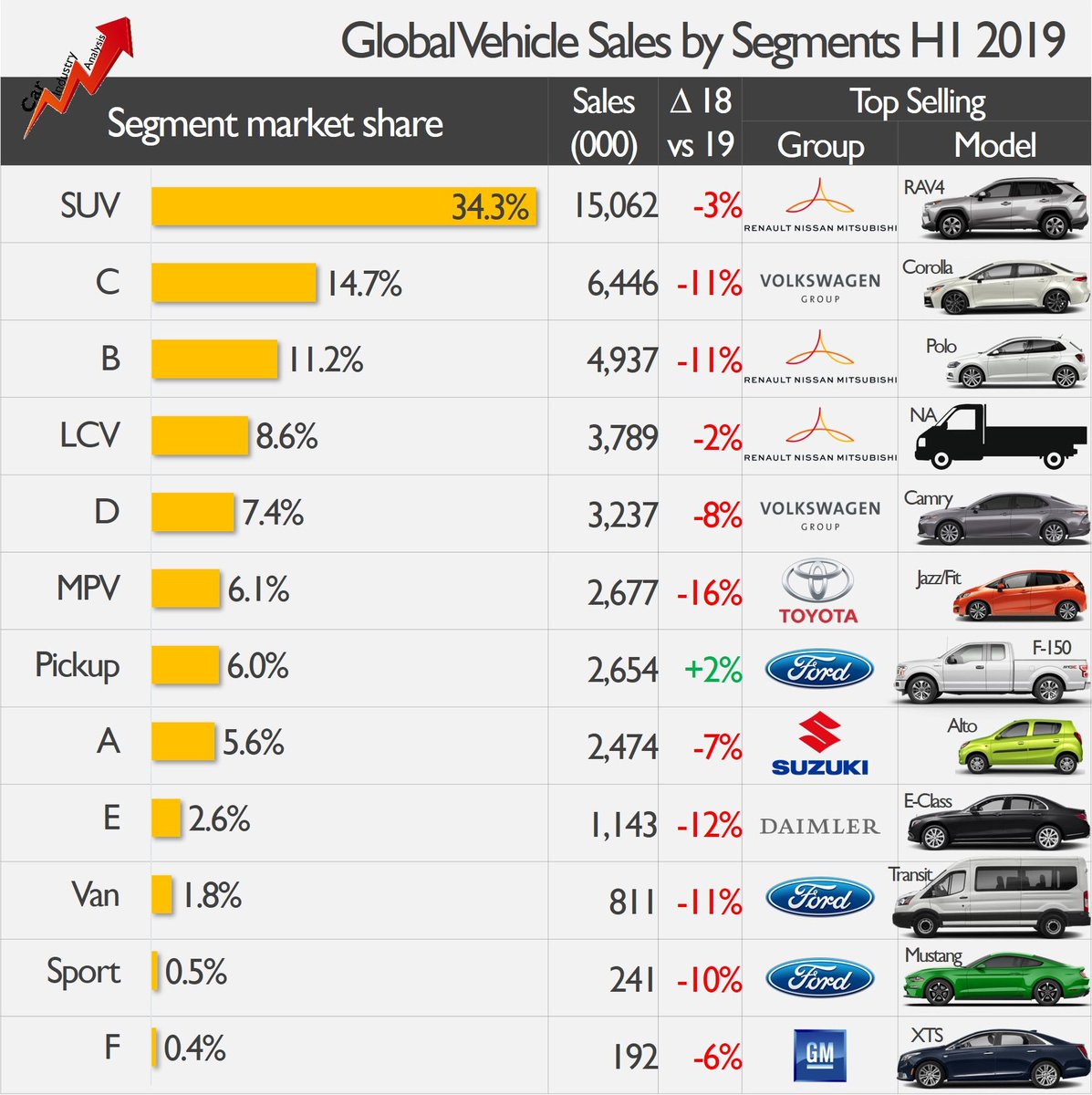Stretch2727
Engineer and Car Nut
Everything I wanted to say about this subject.I keep seeing this, and these arguments are incredibly short-sighted.
Does a car battery have MORE storage than a powerwall? Yes.
But the big GOTCHA with this is the following:
1) the Inverters in the car are NOT designed to run that power in the opposite direction for any significant load. This means:
-- a) Tesla will need to design new bidirectional inverters.
-- b) Those inverters will likely add some cost to the car, as they are not are simple as what Tesla has honed in on and produced now
2) you have to have a house setup designed to accept this power - you guys expecting Tesla to put a bunch of 240V connectors in and you string some massive cables back to your breaker box? Even the Tesla wall charger is not designed to accept the power required for something like this. And here is an example:
Our house has 4 x PW 2.0 in it, each one is on a 30A 240V circuit (120A 240V total). That's the BARE MINIMUM to run our electric oven and either one AC, or the two AC units alone (but not the oven), and then various other lower-power devices. To run that kind of power that 4 PW2s provide you would need at minimum a set of 1-gauge copper wires connecting from your entry point from the car to the house. THAT IS NOT small. It's a lot larger than the wires in your wall charger (4-gauge).
People here are looking at STORAGE CAPACITY (the size of the swimming pool) and completely forgetting POWER OUTPUT (the thickness of the hose).
For any meaningful power output, the inverters need to be beefed up, and you need a substantial mechanism to access that power (i.e. thick wires back to a bidirectional wall charger or a lot of big ports on the car).
If Tesla implements V2G/H I would expect it will be limited to something like 5-7kw output (i.e. one powerwall power output). It will be helpful for something like a disaster, but it's not going to replace powerwalls unless someone is willing to pay for a VERY beefy inverter + cabling setup.
Things like the Ford F150 aren't setup either to run a whole house. They are "partial home" backup solutions
Also you still need a gateway/switch to disconnect the power back up for the grid. Ford's is $4000 not including installation. The installation is estimated. $3.5-$10K. Also, charger also needs to be beefier to handle the higher current. At best you get a partial home solution so the breaker panel needs to split the load as well.
Anyone that thinks this is simple should watch Tom M's video on this subject. It really lays out the complexity/cost of doing this.
I would be happy with a few 120V plugs in the car for critical things during a power outage. Simple.







